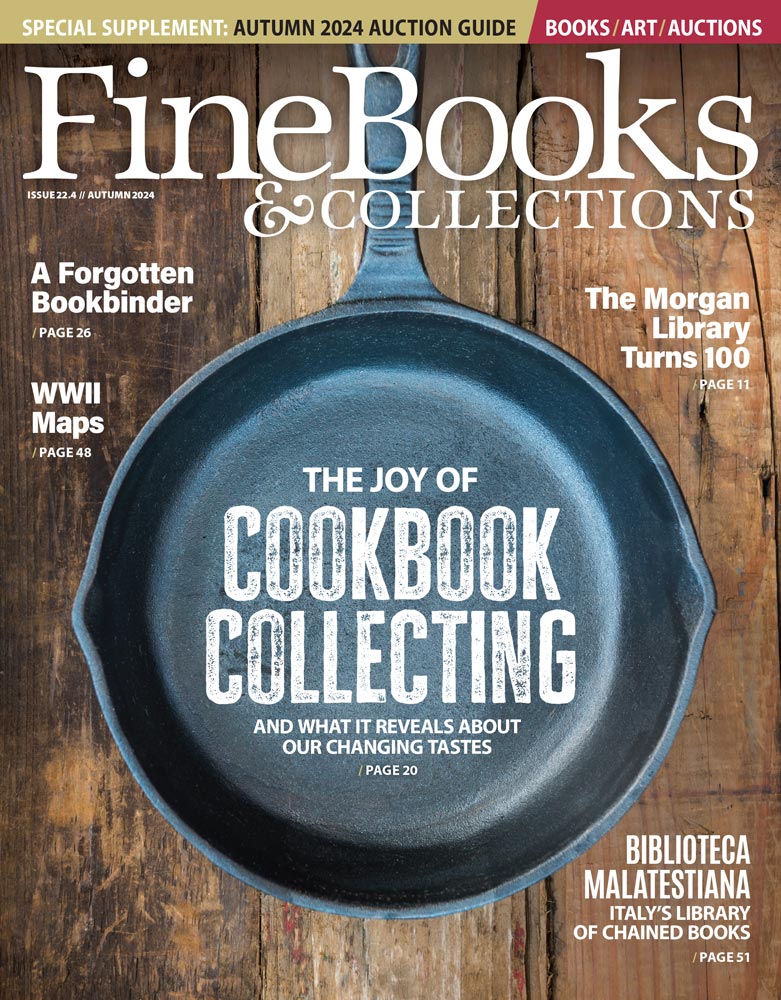Where are you from / where do you live?
I was born in Camden, in London, in the house that I lived in until I was eighteen. Since then I've lived in Norwich, Devon, and Bath, where I am now.
What did you study at University? What do you do now for an occupation?
I studied English Literature with Creative Writing at undergraduate level at the University of East Anglia, and then went on to do the Creative Writing MA at the University of East Anglia as well. I am a novelist and a Senior Lecturer in Creative Writing at the University of the West of England. My first novel, Testament, came out just a few weeks ago (July 12th 2018) with riverrun/Quercus, so it's been an exciting summer. Testament is about the impact of the Holocaust on three generations of a family - it explores identity, memory, and what happens after survival.
Please introduce us to your book collection. What areas do you collect in?
It all began with dictionaries, which I started collecting when I was about eleven. I collect in two main areas now: dictionaries; and popular twentieth century fiction in hardback, and Penguin and Pan paperbacks.
My dictionary collection began with my love of language - I used to go to sleep reading dictionaries as a child, which probably says something worrying about me, but has given me a grandiloquent, indefatigable, lexiphanic vocabulary, or perhaps simply an abecedarian one, by osmosis. I am interested in how dictionaries illuminate histories and relationships, whether between words, ideas, or even objects. I don't limit the collection to language, so I also have dictionaries that offer taxonomies of clocks, antique furniture, inventions, colour.
Within early popular twentieth century fiction, I predominantly collect Georgette Heyer, P.G. Wodehouse, Ian Fleming, and Peter O'Donnell, with a growing number of Agatha Christie, Enid Blyton, and Baroness Orczy. I collect first edition hardbacks, and Penguin and Pan paperbacks, for their designs and significant publishing histories.
I have all of Ian Fleming's James Bond novels in Pan Paperback. I love the eye-grabbing designs, from borderline lurid pulp illustrations to cut-out bullet holes and films reels.
I also have every Georgette Heyer romance in Pan Paperback. I particularly love the colourful cameo designs. I also have nearly all of Heyer in first edition hardback. I love the watercolour covers by Philip Gough, and later Arthur Barbosa. Both artists very often place the characters in landscaped gardens or Georgian streets, highlighting the precisely fixed lines of the period's aesthetic - and, through that I think, the rigid lines of the hierarchical society Heyer's characters usually buck against.
How many books are in your collection?
Oh goodness. (Goes away to count, loses count, tries again.) Well, I have thirty-one dictionaries, and about one hundred and twenty books in my broad popular twentieth century fiction pile.
What was the first book you bought for your collection?
Good question. I don't remember the first dictionary I bought myself, but the first significant one I was given is the one-volume hardback Oxford English Dictionary, which was a present for my thirteenth birthday.
How about the most recent book?
The most recent addition was also a gift. My Georgette Heyer collection was made complete by my partner's grandfather, John. John was a lifelong Heyer fan, and left me his set in his will, so those books are really special to me.
And your favorite book in your collection?
That's hard! For my birthday, my Mum tracked down an edition of Dr Johnson's dictionary from 1834. It's my oldest dictionary, and my most treasured, because of my love for Johnson. It's a first edition of its run, published by James and John Kay in Philadephia. It's bound in calf leather with a gilt spine. The Kay brothers used the text Dr Johnson abstracted himself from his two volume 1755 folio edition. I am currently using it to help write my second novel, which is set in the eighteenth century.
Best bargain you've found?
Many of my Georgette Heyers were incredible bargains, because the secondhand shops in which I found them didn't quite know what they had. Heyer can sell between £25.00 and £35.00 - I've found a lot of mine for £3. That has changed since Stephen Fry declared his love for Heyer on the radio and drove the price up, though! But I forgive him for bringing the delights of Georgette Heyer to more people.
How about The One that Got Away?
As yet, I don't have a one that got away, which probably means I'm not very good at denying myself what I want.
What would be the Holy Grail for your collection?
A two volume first edition Johnson dictionary from 1755. I'll need to become a bestseller several times over before I can afford that though.
Who is your favorite bookseller / bookstore?
My favourite bookshop is Mr B's Emporium of Reading Delights in Bath. Mr B's has a brilliantly curated collection, and the booksellers seem to know everything. Recently we've been having a lot of fun because I've been offering signed copies of my novel Testament through the Mr B's website. We've sent off a stack of personalised copies since publication day - the farthest to Australia, the most heartening to a prison library.
What would you collect if you didn't collect books?
I have noticed a worrying trend in myself to buy too many cushions, and frame everything I possibly can. So I would most likely develop a furnishings obsession. I do collect Fortnum & Masons ceramics, though it's a slow collection, because I like to find them in charity shops, rather than buy something new and just eat its contents. That would be cheating.





